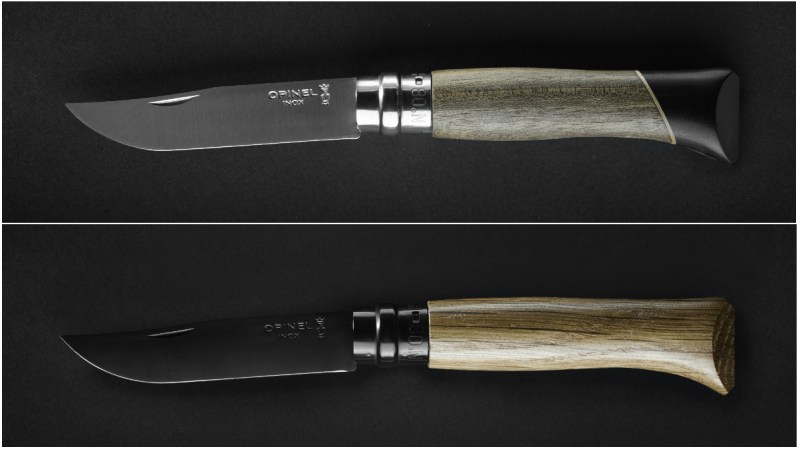
It’s hard to argue with a knife design that has existed virtually unchanged since 1890. So don’t. Just embrace it. And you can today–for free.
The Manual has partnered up with the famed French pocket-knife manufacturer, Opinel, to bring to the good people of the internet the chance to win an as yet, unreleased, limited-edition, hand-crafted pocket knife — either the Opinel No. 8 Black Oak knife or the Work Shop Series No. 8 Ebony and Walnut knife.
Since its creation in the late 19th century, the Opinel knife has lined the pockets of mountaineers, explorers, and lay-folk alike. Its simple folding mechanism and lock are easy to operate and nearly impossible to wear out. Using quality materials from the outset, Opinel strives for strength, resiliency, and longevity. And you’ll find that in the two knives we’re offering up today.
One first place winner will receive:

The Opinel No. 8 Black Oak – $45
Slated to release later this spring, the Opinel No. 8 Black Oak sports an Oak handle with a specially treated blade and locking mechanism that are anodized — not painted or coated — and take on the distinctive black color through an electrolytic process that not only colors the blade and lock black, but protects them against corrosion. This contrast between the black of the steel and the lightness of the wood creates an unexpected and thoroughly modern look for such an old-school, reliable knife. The Black Oak knife should be available beginning in late April.
And one second prize winner will receive:

The Workshop Series No. 8 – $50
Created by the workers and artisans in Opinel’s factory in the French Alps, the Workshop Series takes remainders from the manufacturing process and repurposes them into unique combination handles for the No. 6 and No. 8 silhouettes. Combining Ebony and Walnut in a single handle, the first knives in the series are stylish, yet still fully functional with their stainless steel blade. Only 100 of the No. 8 and 50 of the No. 6 have been created. They will be available in the coming weeks on Opinel’s website and will retail for between $40 and $50.
Enter below for your chance to win either of these great knives and get them in your hands before everyone else.
If these pocket knives aren’t big enough for you or offer up enough clever features, you can always check out our guide to these much heftier survival knives.
Opinel Knife Giveaway

